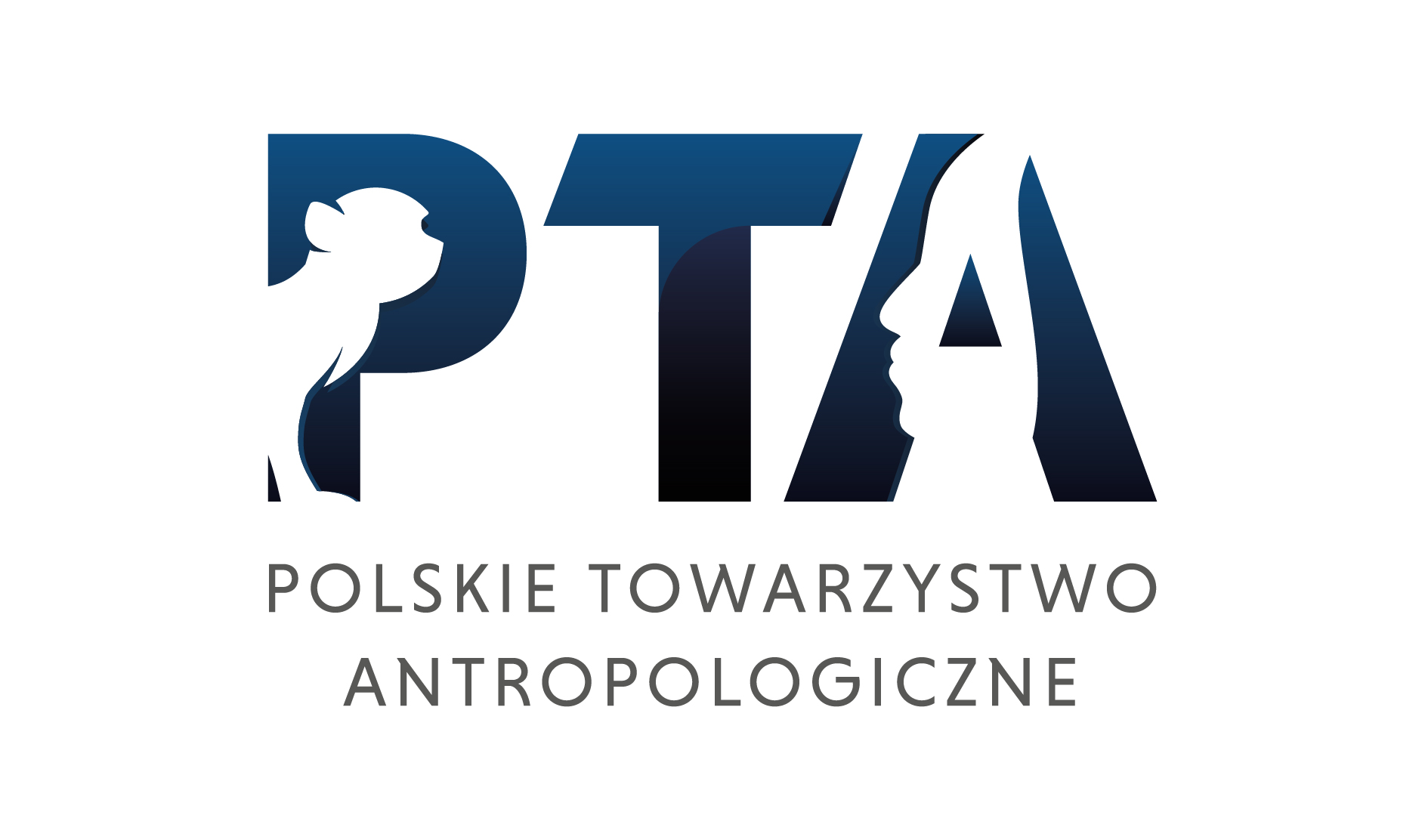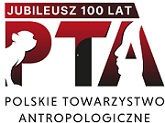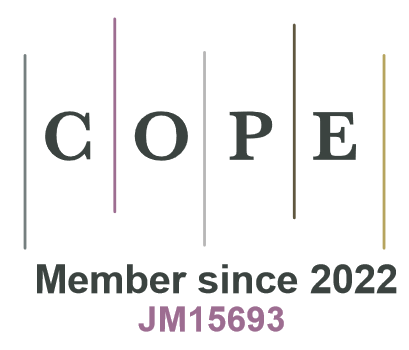Paleobiological investigations of the population from Sulęcin (Zielona Gora Voivodeship), III–V period of Bronze Age
DOI:
https://doi.org/10.18778/1898-6773.41.2.02Abstract
In this paper description of the biological state of human population living in the Bronze Age is presented. Skeletal material (cremated bones) originates from the burial ground of Lusatian culture dated at III –V period of Bronze Age. In the area of excavations 300 graves containing cremated human remains were uncovered, moreover in several other graves were buried cremated animal bones. In 20 graves more than one urn was placed, in 7 other burials single pot contained remains of two individuals and in one case in a grave was urn with bones of three individuals. Anthropological analysis was possible in the case of 186 individuals. Sex determinations are based on diagnostic characters which most frequently occur in cremated material, in assessment of sex of each individual at least two available diagnostic characters were taken into consideration. Age at death in some cases was estimated rather exactly on ground of changes in pubic symphysis. In other cases age at death was estimated after careful analysis of cranial sutures in adults and eruption of teeth in children.
Analysis of mortality. Abridged life tables for the total sample as well as for adult males and females separately are constructed (tab. 1). For construction of the tables sex ratio 1:1 was assumed, hence adults of undeterminable sex were added in appropriate proportions to male and female group and distributed in age classes. Firstly frequency of deaths in age groups for individuals of known sex and age was calculated; after this adults of undeterminable sex and age were added in suitable proportion to each age group. These manipulations did not influence biometric functions of life tables for adults. Measures traditionally used in investigations of prehistoric cemeteries were also calculated: mean age at death for all individuals =24.3 years, mean age at death for adult males =37.7 years and for females =34.5 years, proportion of dead subadults =38.5% including 5.3% of newborns and infants, 26.4% of children dying between 1 and 5 years of age, 2.6% older children (6–13 years) and 3.2% of adolescents (14–19 years).
Numerical growth of the population. Value of potential gross reproduction rate (Rot) proposed by M. Henneberg (1975) for investigated group is 0.65. Rpot theoreticaly may range from 0 to 1. Zero signifies complete lack of possibility for reproduction, 1 means entire absence of mortality of reproductive individuals, hence highest possible natality with a given births spacing. After assuming that in the investigated group average woman, who lived at least 50 years, (throughout whole reproductive period) gave 7 live births, with known Rpot and frequency of subadult deaths net reproduction rate (Re) is calculated as 1.48. From this value, using Lotka's equation for stable population, rate of natural increase is estimated +14 per thousand per year. In order to express the magnitude of total selective pressure resulting from mortality, biological state index (Ips) was computed. This measure, proposed by M. Henneberg and J. Piontek (1975) expresses what a part of one generation has a chance to participate fully in reproduction of the next generation. Ips based on the mortality structure and probabilities of possesing total possible number of offspring born for individuals dying at various ages, measures chance for reproductive succes of a population under observed mortality conditions. It has theoretically defined limits: value 1 is adequate to the „ideal” full adaptation to entirety of environmental stresses by complete exclusion of mortality in reproductive and pre-reproductive periods, value 0 signifies total lack of adaptation, thus size of offspring generation =0. For the group from Sulęcin Ips=0,42, this means that only 42% of individuals born had a chance for giving life to the full number of offspring, hence for 58% of genotypes probability of full reproduction was lower than 1. Values of above described measures are given in table 2. The author have calculated also measures of biological state by methods proposed by L. J. Angel (1969) and J. Nemeskéri (1970, 1972): total number of live births, number of children surviving at least one year, total number of individuals living at the same time, crude birth and death rates, natural increase, number of stem families, their average size and number of children and grandparents living in one family (number of parents in average family is 2 since monogamy is assumed). Computed values are given in table 3.
Size of the human group. Total number of graves on the investigated cemetery is 300. Examination of the graves, as mentioned before, have shown that some of them contain remains of more than one individual, hence the number of persons buried is approximately 350. Applying formula given by G. Acsâdi and J. Nemeskóri (1970) size of the living group is estimated as 30 to 45 individuals. This value may be verified after careful analysis of archeological material, especially by establishing with more accuracy the time span in which cemetery has been used.
Pathological changes. Good state of preservation of bones in some cases enabled the author to observe interesting pathological changes. Most frequent were these resulting from osteoartrosis and periosteitis. In one case are present changes characteristic for anemia (most probably of iron deficiency type). In this case fragments of skull vault bear clearly distinguishable traces of porotic hyperostosis — overgrowth of diploe and lack of external compact bone plate.
Reconstruction of body built. In several graves epiphyses of long bones were preserved. After application of required corrections for contraction of bones caused by fire, from epiphyses length of the bones was reconstructed by means of regression equations. On this basis stature was estimated according to propositions given by J. Strzałko, J. Piontek and A. Malinowski (1972). Mean stature of males (N=8) was 171 cm, of females (N=7) about 156 cm.
Downloads
References
Acsádi G., Nemeskeri J., History of Human Life Span and Mortality, Budapest 1970.
View in Google Scholar
Angel J. L., Am. J. Phys. Anthrop. 1969, t. 30, s. 427–437.
View in Google Scholar
DOI: https://doi.org/10.1002/ajpa.1330300314
Angel J. L., World Archaeology 1972. t. 4, s. 88–105.
View in Google Scholar
DOI: https://doi.org/10.1080/00438243.1972.9979522
Bennet K. A., Am. J. Phys. Anthrop. 1974, t. 39, s. 223–232.
View in Google Scholar
DOI: https://doi.org/10.1080/10417947409372231
Gładykowska-Rzeczycka J., Archeol. Polski 1973, t. 18, s. 279–327.
View in Google Scholar
Henneberg M., Przegl. Antrop. 1975, t. 41, z. 1, s. 75–89.
View in Google Scholar
Henneberg M., Ostoja-Zagórski J., Piontek J., Strzałko J., Główne założenia teoretyczno-metodyczne oraz możliwości badań biologii populacji pradziejowych w Europie Środkowej, Przegl. Archeol. 1975, t. 23 (w druku).
View in Google Scholar
Henneberg M., Piontek J., Biological state index of human groups, Przegl. Antrop. 1975, t. 41, z. 2.
View in Google Scholar
DOI: https://doi.org/10.1016/0047-2484(76)90098-1
Holzer J. Z., Demografia, Warszawa 1970.
View in Google Scholar
Jarcho J., Human Paleopathology, Proceedings of a Symposium on Human Paleopathology, held in Washington, 1965.
View in Google Scholar
DOI: https://doi.org/10.1126/science.147.3662.1160
Marcinkian A. Informator Archeologiczny, 1973.
View in Google Scholar
Nemeskéri J., Homo, 1970, t. 21, s. 80–85.
View in Google Scholar
DOI: https://doi.org/10.2468/jbes.21.Supplement_80
Nemeskéri J., Prachist. Zeitsch., 1972, t. 47, s. 5–46.
View in Google Scholar
DOI: https://doi.org/10.1515/prhz.1972.47.1-2.5
Piontek J., Proces kremacji i jego wpływ na morfologię kości w świetle wyników badań eksperymentalnych, Archeol. Polski, 1975, t. 21 (w druku).
View in Google Scholar
Piontek J., Możliwości i metody antropologicznych badań ciałopalnych cmentarzysk pradziejowych, Zeszyty LTN, Zielona Góra (w druku).
View in Google Scholar
Piontek J., Polish methods, results and investigations of cremated bones from praehistoric cemeteries, Glasnik Antropol. Drustva Jugoslavije, 1975, t. 12, s. 23–34.
View in Google Scholar
Presat R., Analiza demograficzna, metody, wyniki, zastosowania, Warszawa 1966.
View in Google Scholar
Strzałko J., Piontek J., Malinowski A., Przegl. Antropol., 1972, t. 38, s. 277–287.
View in Google Scholar
Strzałko J., Piontek J., Malinowski A., Mat i Prace Antropol., 1973, nr 85, s. 179–200.
View in Google Scholar
Strzałko J., Piontek J., Przegl. Antropol. 1974, t. 40, 315–326.
View in Google Scholar
Weiss K. A., Am. J. Phys. Anthropol. 1972, t. 37, s. 337–344.
View in Google Scholar
DOI: https://doi.org/10.1002/ajpa.1330370303
Weiss K. A., Am. J. Phys. Anthropol. 1972, t. 37, s. 239–250.
View in Google Scholar
DOI: https://doi.org/10.1002/ajpa.1330370208
Downloads
Published
How to Cite
Issue
Section
License

This work is licensed under a Creative Commons Attribution-NonCommercial-NoDerivatives 4.0 International License.








